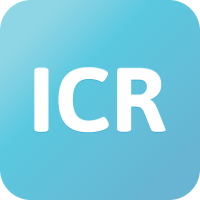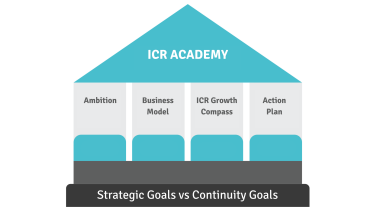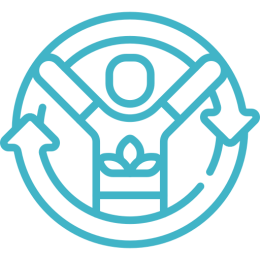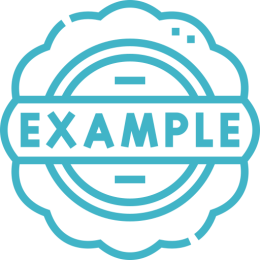Different types of goals
Within organizations, there are various types of goals, each serving a specific purpose. Strategic goals focus on the long term, shaping the organization's vision and growth. Tactical goals translate this strategy into concrete actions for the medium term, while operational or continuity goals aim to ensure the smooth running of daily operations. Compliance goals ensure that the organization adheres to laws and regulations, while innovation and sustainability goals are geared towards renewal and reducing the environmental impact.
Additionally, there are goals related to different business functions. These include goals focused on marketing, sales, ICR, HR, procurement, core processes, investments, and quality.
To keep this comprehensive structure manageable, we use 33 ICR objectives within the ICR Cycle. These ICR objectives are overarching and serve as guiding principles for a careful and thorough implementation of business operations within organizations.








